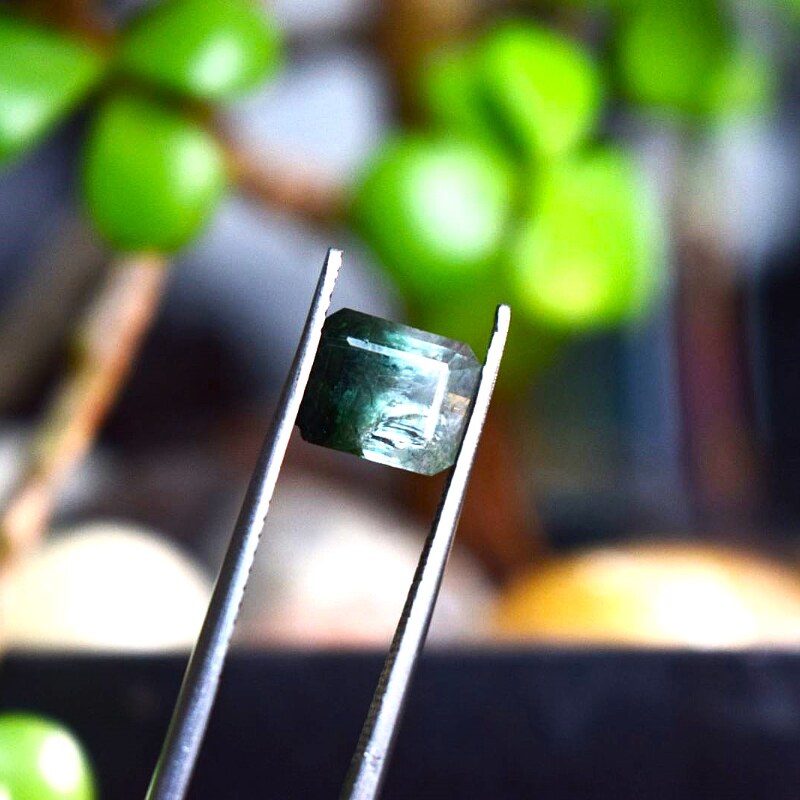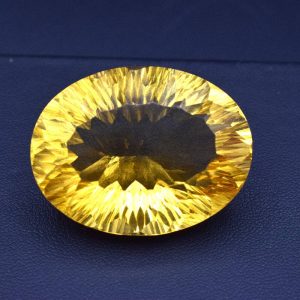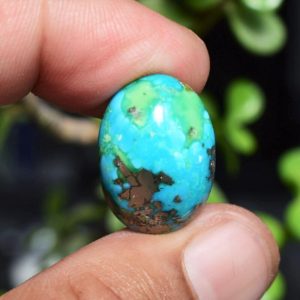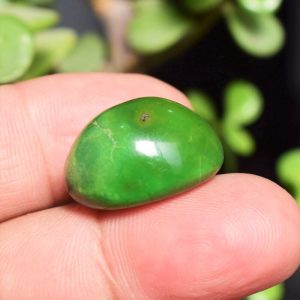Bi Color Natural Tourmaline:
Bi Color Natural Tourmaline is a unique and rare gemstone that showcases two distinct colors within the same crystal. These color combinations often include green-pink, blue-green, yellow-pink, or even more exotic blends. Each stone is one-of-a-kind, making it a favorite among gemstone collectors and jewelry designers. Beyond its beauty, bi-color tourmaline is believed to harmonize dual energies, bringing balance and creativity to the wearer.
Tourmaline fascinates and captivates as a versatile gemstone, highly prized in the world of jewelry for its wide range of colors and striking beauty. It is Birthstone of October. Here is an overview of tourmaline and its key characteristics:
Tourmalines come in a wide variety of exciting colors. In fact, tourmaline has one of the widest color ranges of any gem species, occurring in various shades of virtually every hue.
Types & colors Of Tourmaline:
“Rubellite is a name for pink, red, purplish red, orangy red, or brownish red tourmaline; however, some in the trade argue that the term shouldn’t apply to pink tourmaline. On the other hand, indicolite is dark violetish blue, blue, or greenish blue tourmaline. Moreover, Paraíba is an intense violetish blue, greenish blue, or blue tourmaline from the state of Paraíba, Brazil. Notably, it is a rare and highly sought-after type of tourmaline known for its neon blue or green colors, found in Brazil and Africa. In addition, chrome tourmaline (Verdelite) is intense green vanadium, which is the same element that colors many Brazilian and African emeralds, mostly colors it, despite its name. Furthermore, parti-colored tourmaline displays more than one color. One of the most common combinations is green and pink; nevertheless, many others are possible. Additionally, watermelon tourmaline is pink in the center and green around the outside. Consequently, scientists typically cut crystals of this material into slices to display this special arrangement.. Finally, schorl is black tourmaline, commonly used for its protective qualities.”




